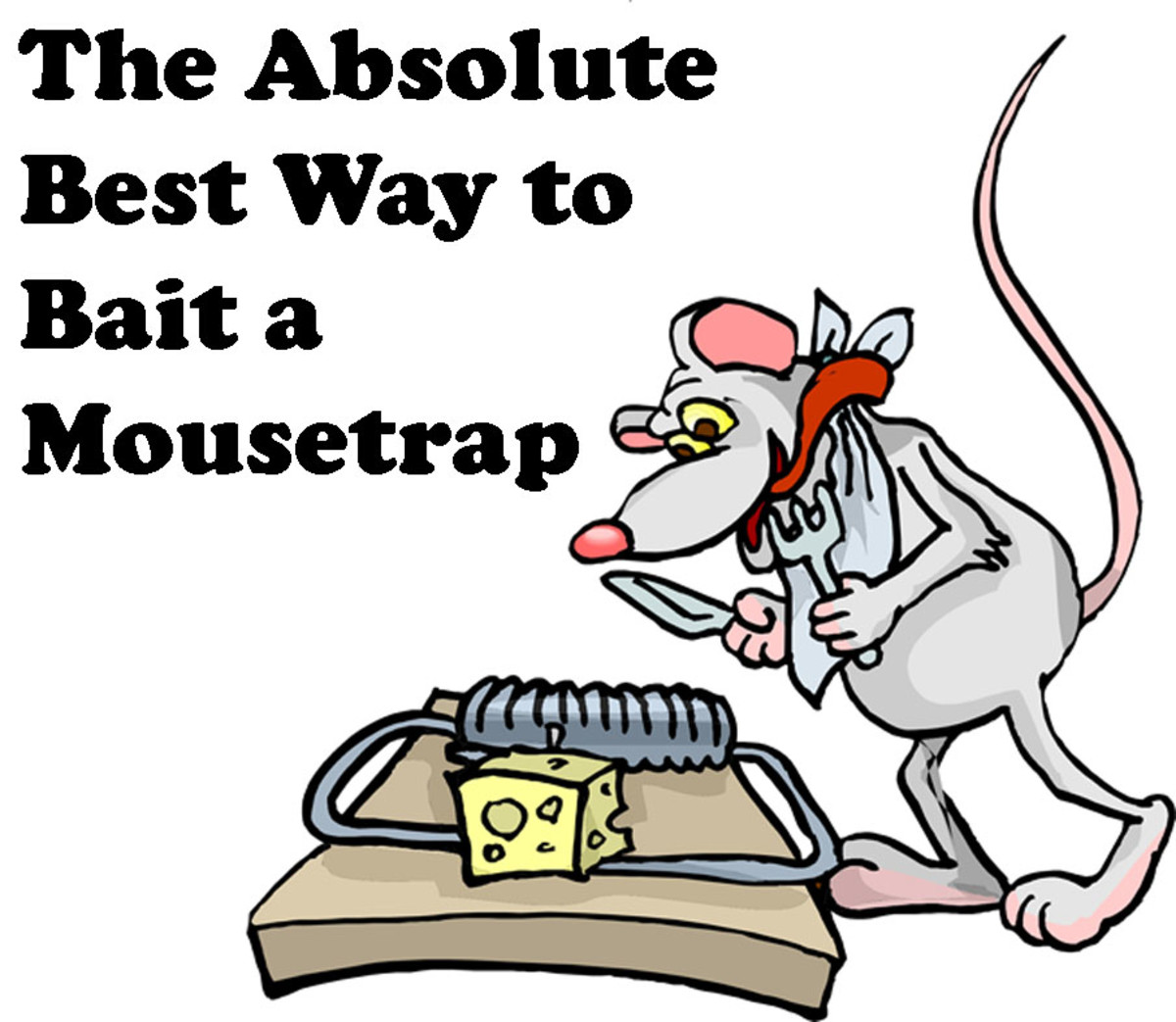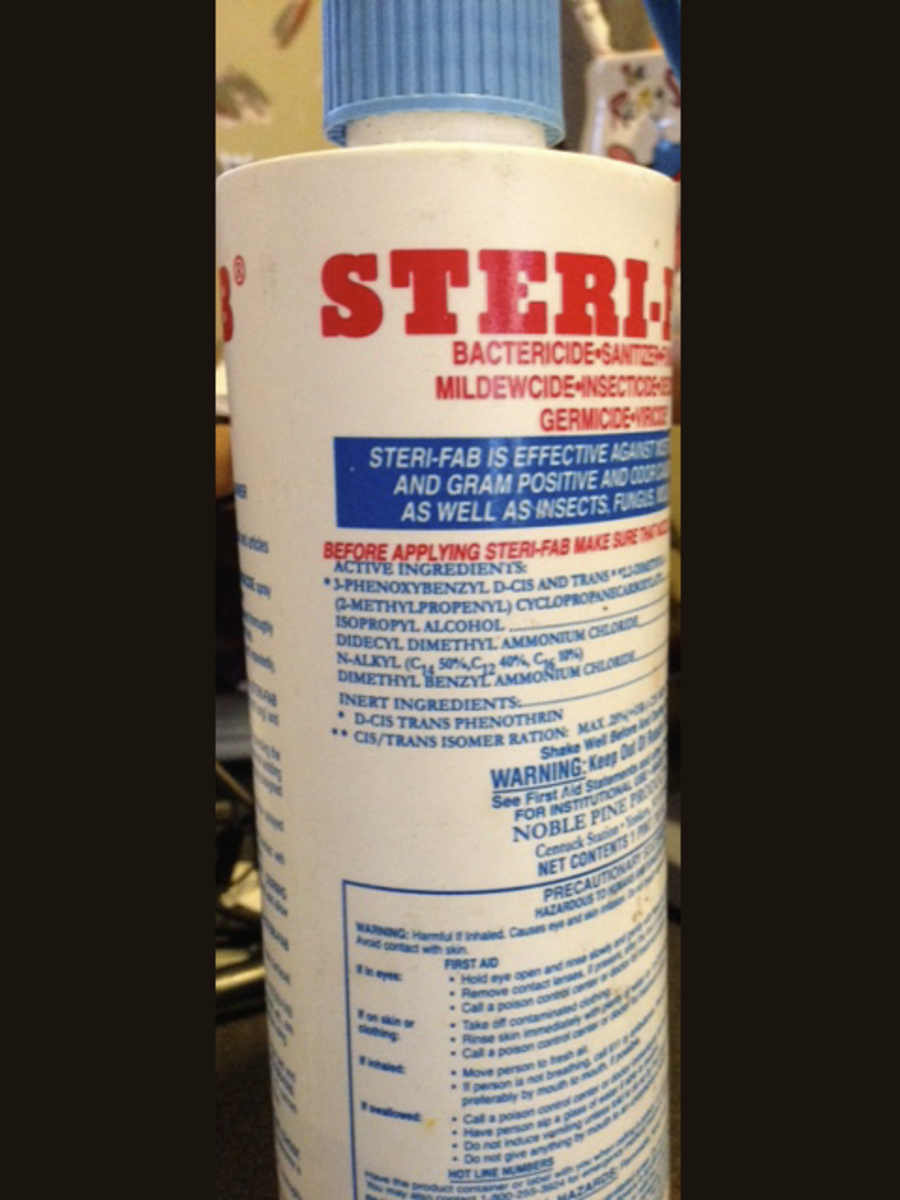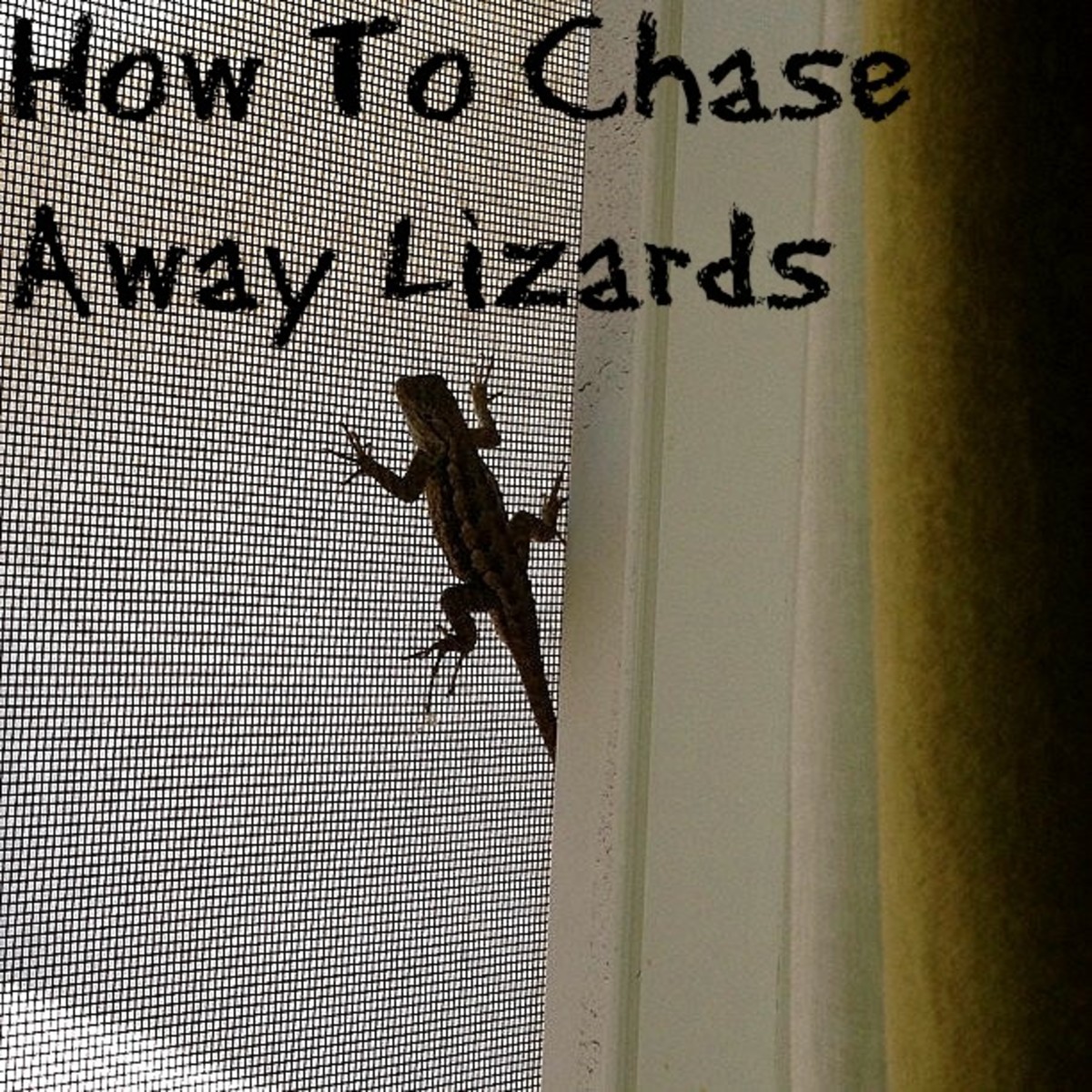- HubPages»
- Home and Garden»
- Cleaning»
- Eliminating Pests
DIY Silverfish pest control
The Silverfish
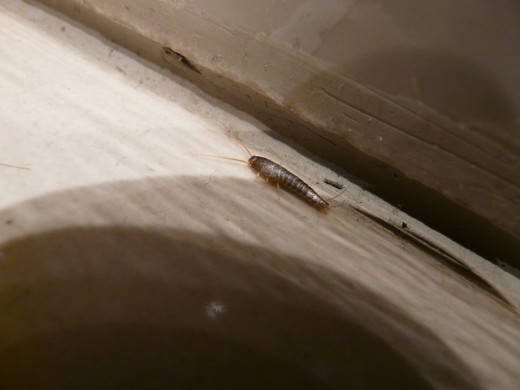
What you will need.
Bottle of diatomaceous earth listed for silverfish or crawling insects
Bulb duster (optional)
Insect traps
Small paint brush
Disposable dust mask
Who hasn't had it happen? You enter the bathroom, pull back the shower curtain, go to step into the tub, and there it is! Running and wiggling in its serpentine way, all silver-grey and at the bottom of your tub:The dreaded silverfish!
Quickly you turn on the tap!
Breathing a sigh of relief, you watch as it circles and disappears down the drain. Gone and gone. Or is it?
Well.....not really.
Although that particular silverfish won't be back, many of its relatives lurk in the damp dark areas of your home. They can live from the basement to the attic of your home. But of concern to most home owners is the activity you can see in the main areas of your home, the kitchen and bathroom.
What would it cost to hire a professional to treat for silverfish?
Most companies in Canada as of 2017 will charge you between $200.00 - $350.00, with a 90-100 day warranty. The price will depend on the size of your home, and number of kitchens and bathrooms inside.
What do silverfish eat?
Silverfish are carbohydrate eaters, meaning they feed on of sugars and starch. They will feed on spilled flour and sugars, glue from cardboard boxes, book bindings, fabrics and dead insects, including their own! Waste not want not, I guess, Ugggh!
THE LABEL IS THE LAW!
Read the product label fully. The label is a legal document and must be read and understood in order to use the product safely and effectively.
Misusing a product not labeled for your target pest, or not intended for pest control at all, may be harmful to you, the environment and in some cases can make the pest problem worse.
There are sprays, and there are dusts.
A quick look at the store, and you will see many bottles and cans of spray labeled for the treatment of silverfish (also covered under the category of crawling insect). Sprays labeled for domestic use work great if you contact the silverfish directly, but generally don't have a long residual effect, (Dosen't keep killing silverfish for long after you've sprayed), unlike the commercial sprays used by professionals.
However, there is one product that is non-toxic, works well on silverfish, and that thing is diatomaceous earth. This product usually comes in a ready to use squeezable plastic bottle, but is handier if you use it in a bulb duster.
Domestic and Commercial Pesticides - What's the difference?
DOMESTIC pesticides are sold to the general public for home use. They come in smaller packages and usually have lower levels of active ingredients ( the stuff that kills insects)
COMMERCIAL pesticides come in larger container sizes and higher levels of active ingredients. Special knowledge and training are needed to use them safely. Not for sale to the general public.
What is diatomaceous earth, and how does it work?
Diatomaceous earth is made from small oceanic shells called diatoms. These are ground into a powder and mixed with silicone dioxide. Some have a food attractant added to lure pests in. It works by scratching the waxy cuticle on the insects exoskeleton when they walk through it. Or by ingestion when they eat it directly, or when cleaning it off their legs and body. The silicone dioxide will then absorb the water from their bodies and kill them by desiccation (they dry out).
How to fill and use a bulb duster.
The original bottle is ready to use, but if you choose a bulb duster here's how to use it.
- Fill the bulb duster 1/2 full, drop a marble or small stone in, this will help break up clumps. Shake the bottle or duster and hold it at a 45 degree angle to where you want to apply.
- Gently squeeze, what you want is an equal amount of air and dust to come out and make a light coating for the insects to walk through. Don't make thick applications of dust, not only is this unsightly and messy but it can actually repel the insects from coming into contact with it.

The vacuum and crevice tool attachment
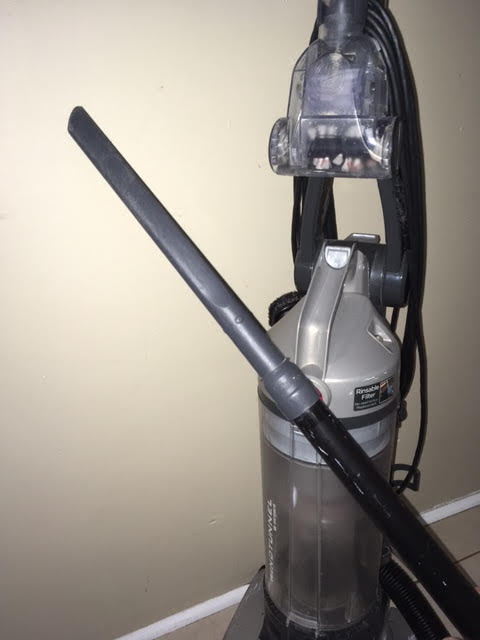
The vacuum and crevice tool attachment, the unsung heroes in the pest war
Most people have one in their homes. Pest control technicians have them as well. The low tech vacuum. I have used these to remove many types of pests from bed bugs to wasps. The crevice tool is a long, thin attachment used to reach into the tight areas insect hide.
The best ones have disposable bags you can remove and throw out in the trash.
If you have a canister type, empty the canister into a plastic garbage bag, wash the canister and dry it outside before re-installing.
Where to apply the dust.
- Before dusting, use a vacuum with the crevice tool attached and vacuum along the areas to be treated. This will have a two fold effect, the removal of possible food sources and sucking up siverfish and their eggs.
- Make dust applications in kitchens and bathrooms, think moisture and food. Silverfish prefer to hide during the day in tight crevices.
- Dust areas under kitchen and bathroom sinks where pipes and drains go through floors and walls, slide pipe covers back to expose the wall gaps.
- Dust voids under counters where they meet the floor.
- Dust under dishwashers, stoves, fridges, dressers, nightstands and bookcases.
- Dust around baseboard heaters and where there pipes and cables enter walls.
- Use a paint brush lightly dipped in the powder and brush into gaps of baseboards, cupboards, toilet bases and anywhere else silverfish have been seen.
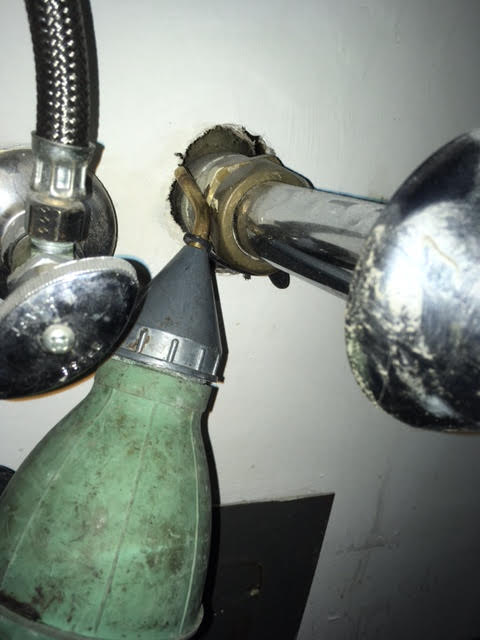
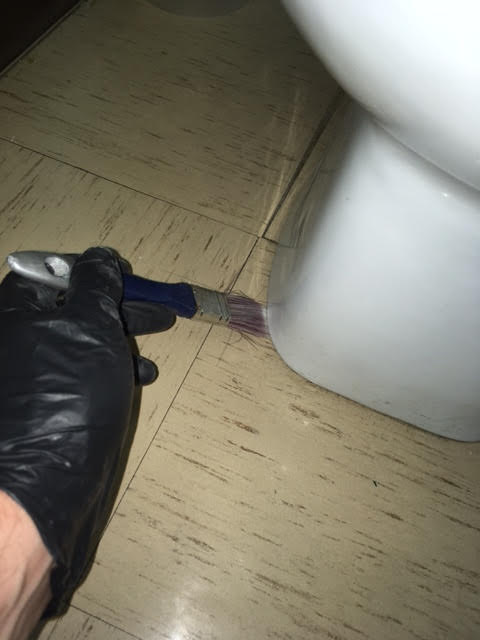
Monitoring for insects, enter the glue board.
After treatment, it is important to monitor for continued insect activity. Enter the insect monitor also known as the glue board. These devices are made of thin cardboard and covered on one side with a non-toxic, non-drying glue. The glue will act as an attractant for the silver fish and will draw them into the trap. As a plus they will also trap any other insects that wander inside them. Place these in the areas you have just treated to monitor for continued activity. Folded into the box shape, you can use one side until its full and then turn the trap over and use the other side.
Be thrifty, use the same trap twice as long.
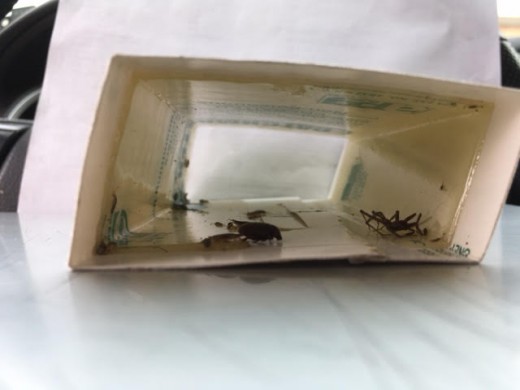
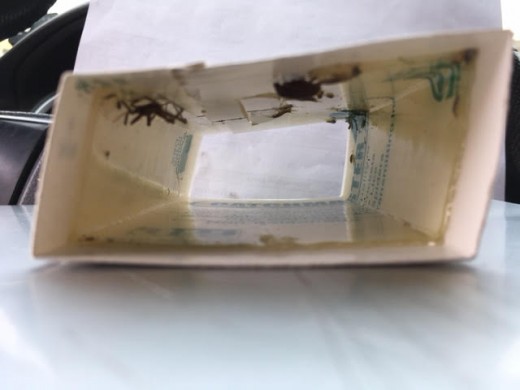
Insect monitoring tips
Insect monitors are coated on one side with a very sticky glue. To avoid getting stuck, fold the monitor along the pre-marked lines BEFORE removing the protective backing.
Then remove the protective backing and finish the box by connecting the locking tabs together.
Place the trap against a wall, cupboard back, or other straight edged surface you wish to monitor for activity.
The insect monitor
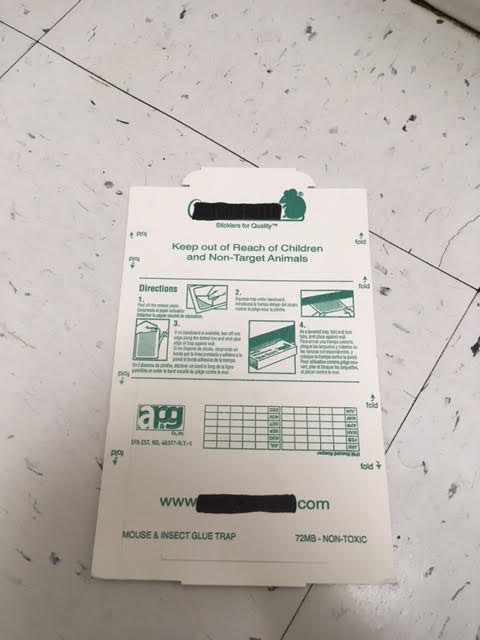
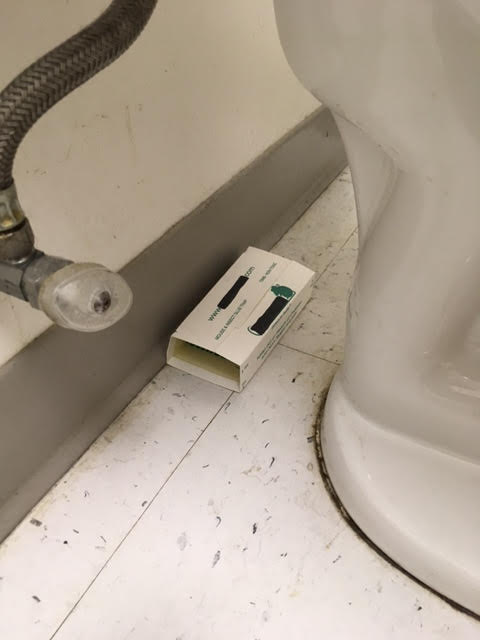
Getting control and keeping control.
Many silverfish infestations tend to be localized, either they were brought in, or they can indicate a moisture problem. Check for and fix leaky pipes and drains, seal areas around the tub and toilet to fix moisture problems. Clean up food spills when they occur to remove food sources for pests. Be aware that silverfish can be brought in on infested items (for example cardboard boxes, and used books, ect.)
Habitat modification, removal of moisture( fixing leaks, using a dehumidifier) and food sources, along with the use of a vacuum, diatomaceous earth and insect monitors, can help you gain control over the silverfish in your home.
© 2017 Wes Clark





